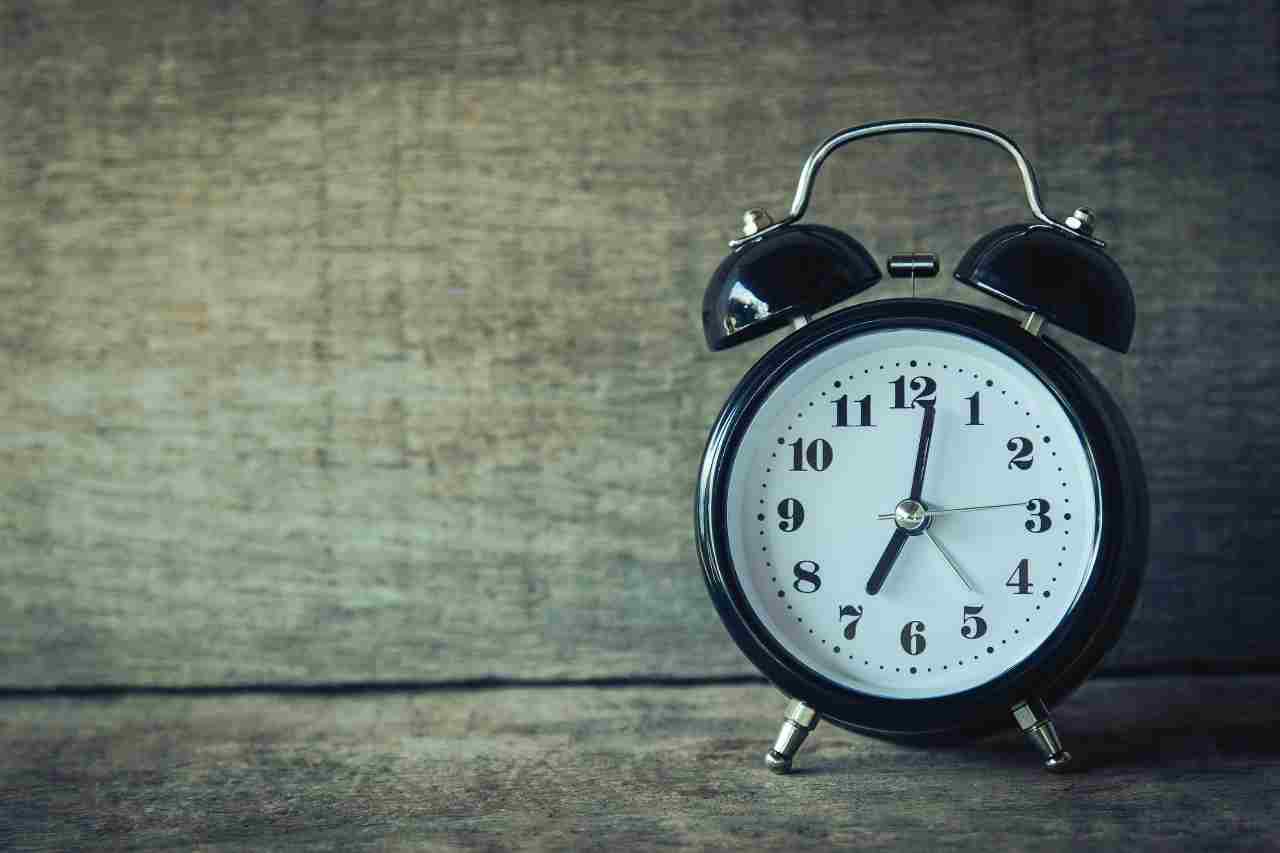Spermatogenesis & age
Sperm production begins at puberty and continues throughout life. Quality and count are dynamic and influenced by age, hormones, lifestyle and environmental factors. Reference ranges and testing standards are described in the current WHO manual used worldwide in andrology laboratories. WHO Laboratory Manual for the Examination and Processing of Human Semen
What changes with age
- Sperm concentration: More often lower than in the 20s/30s; the spread remains wide.
- Motility (movement): Tends to decline; slower forward progression reduces the chance of reaching the egg.
- Morphology (shape): An increase in atypical forms, which can make penetration of the egg more difficult.
- DNA integrity: Higher rates of DNA fragmentation due to oxidative stress and ageing processes.
- Accompanying factors: More frequent urological comorbidities, more medications, metabolic changes.
| Age group | Typical trends | Notes |
|---|---|---|
| 20–34 | Often highest overall quality | Healthy lifestyle pays off strongly |
| 35–39 | First measurable declines possible | If trying to conceive, consider testing if it’s taking longer |
| 40–44 | More frequent abnormalities in motility/DNA | Targeted assessment, actively address risk factors |
| ≥45 | Markedly more often reduced parameters | Individual counselling, possibly reproductive medicine |
Numbers & studies
Large reviews show age-dependent trends: declining motility and more DNA damage are associated with lower pregnancy rates and a slightly higher risk of miscarriage. Effects are moderate on average, with wide individual variation. Recommended reading includes overviews of male subfertility and evaluations of the evidence on antioxidants. NHS: Infertility overview • Cochrane Review: Antioxidants for male subfertility
Hormones & andropause
Average testosterone levels decline slightly with age. This can affect libido, ejaculate volume and sperm maturation. A simple “testosterone course” is unsuitable when trying to conceive, as exogenous testosterone can suppress the body’s own sperm production. Assessment and treatment should be guided by an andrologist. ASRM: Male infertility (patient information)
Genetics & DNA damage
Age, oxidative stress and environmental factors tend to increase the proportion of fragmented DNA. A raised DNA Fragmentation Index (DFI) can be associated with lower success rates and higher miscarriage rates. Tests such as SCSA or TUNEL are offered in specialised laboratories; their usefulness depends on indication and overall context. CDC: Infertility
Effects on children
With higher paternal age, studies describe slightly increased risks of preterm birth, low birthweight and certain neurodevelopmental diagnoses. Overall, absolute risks for an individual child usually remain small; counselling helps interpret the numbers correctly. HFEA: Health aspects around sperm
Lifestyle: What can be influenced
- Stop smoking, moderate alcohol, no drugs
- Healthy weight, regular exercise, good sleep hygiene
- Avoid testicular overheating (long sauna sessions, very hot baths, warm laptops directly on the lap)
- Minimise exposure to harmful substances (e.g. solvents, pesticides, plasticisers)
- Diet rich in antioxidants; supplements only in a targeted way and after medical advice
- Treat underlying conditions (e.g. varicocele, diabetes, thyroid disorders)
Diagnostics: semen analysis & reference values
The semen analysis assesses concentration, motility and morphology according to WHO standards; vitality and DNA fragmentation can be added. Reference ranges are statistical comparators, not hard cut-offs between “fertile/infertile”. The overall picture and clinical context are decisive. WHO manual (6th edition)
- Concentration: Reference range per WHO manual; always interpret with volume and total count.
- Total per ejaculate: Relevant for natural conception and for choosing a procedure (e.g. IUI vs IVF/ICSI).
- Motility/morphology: Important predictors; measurement is method-dependent.
Options when trying to conceive
- Timing & cycle knowledge: Intercourse in the fertile window increases chances; cycle tracking can help. NHS: Getting pregnant
- Medical assessment: If abnormalities are present, seek urological/andrological work-up; treat underlying causes where possible.
- Reproductive medicine: Depending on findings, IUI, IVF or ICSI; decision is individual and guideline-based.
- Lifestyle optimisation: Evidence-based, start early and be consistent.
Option: sperm freezing
Particularly before therapy with potential gonadotoxicity (e.g. chemo/radiotherapy), prior to vasectomy or when planning fatherhood later, cryopreservation can be sensible. Storage is in liquid nitrogen at −196 °C; durability is long-term. Proper counselling and information are essential. HFEA: Sperm freezing
When to see a doctor?
- No pregnancy after 12 months of regular, unprotected intercourse (if the partner is ≥35 years: after 6 months)
- Known risk factors: undescended testes, testicular inflammation, varicocele, groin surgery, injuries, chemo/radiotherapy
- Signs of hormonal disorders: reduced libido, erectile problems, reduced ejaculate volume
- Before planned cryopreservation or reproductive procedures
Overviews of causes, diagnostics and treatment steps: NHS: Infertility • CDC: Infertility
Conclusion
The “biological clock” also ticks for men. Age-related changes in sperm quality are real but vary widely between individuals. By optimising lifestyle early, seeking timely assessment, and knowing options such as cryopreservation or assisted reproductive techniques, you can purposefully improve the chances of pregnancy.

